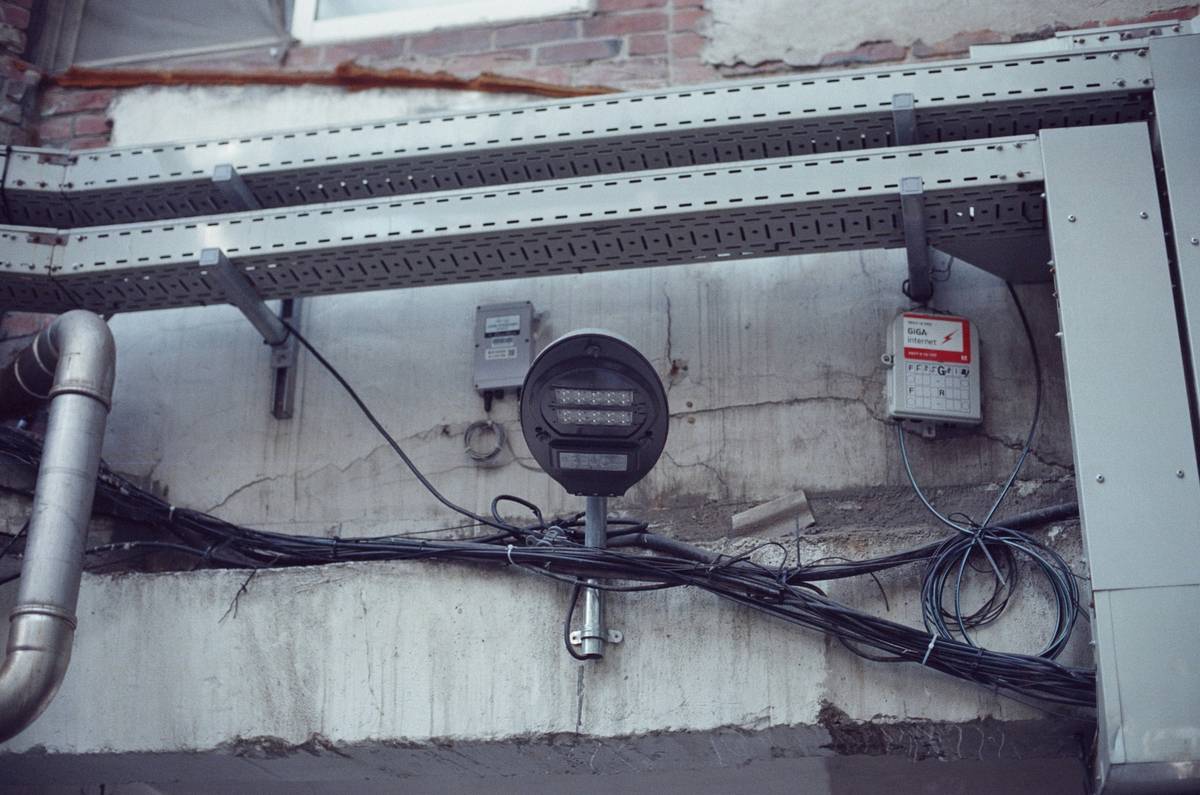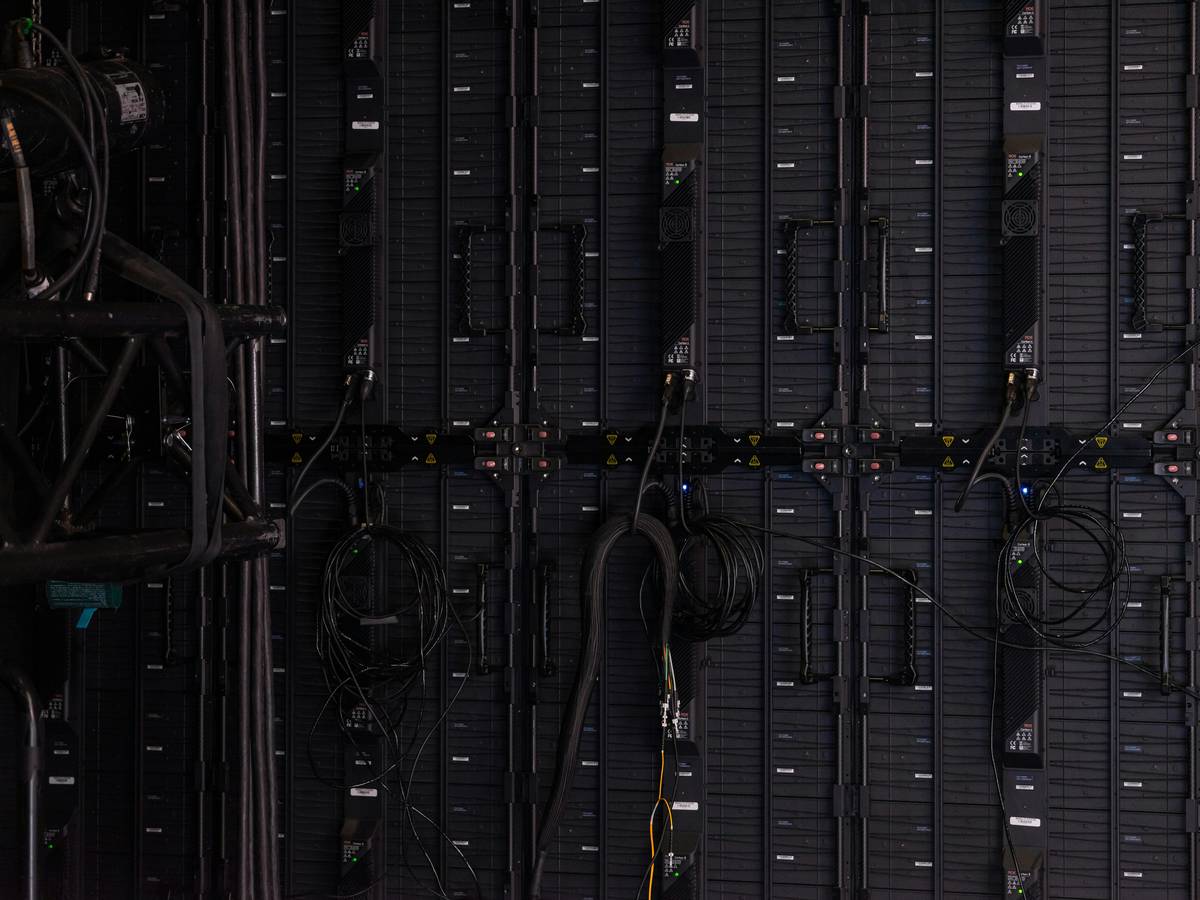Ever thought about what happens to your data when your server decides to take an unplanned vacation? If you’ve ever experienced a system crash or cyberattack, you know how terrifying that can be. According to IBM, the average cost of a data breach reached $4.45 million in 2023. Yes, you read that right—millions. That’s why having a robust disaster recovery protocol isn’t just optional; it’s survival.
This article dives deep into fault tolerance within cybersecurity and data management, focusing on crafting bulletproof disaster recovery protocols. You’ll learn:
- Why disaster recovery is critical for modern businesses.
- A step-by-step guide to creating yours.
- Tips, best practices, and real-world examples.
- Frequently asked questions answered with brutal honesty.
Table of Contents
Key Takeaways
- A solid disaster recovery protocol minimizes downtime and financial loss.
- Fault tolerance ensures systems keep running even during partial failures.
- Automation tools streamline recovery processes but aren’t foolproof.
- Regular testing is non-negotiable—don’t skip this step!
- Ignoring disaster planning? That’s a rookie move we all regret later.
Why Does Disaster Recovery Matter? Spoiler Alert: It Prevents Chaos.
Let me tell you a story. Back in my early days as a tech consultant, I worked with a small startup. They had no disaster recovery plan whatsoever—just slapped “Backups” on their to-do list every quarter. One weekend, their primary server went down due to a ransomware attack. No backups. Zero contingency. Their entire operation ground to a halt for three days. By the time they recovered, customers had fled to competitors.
Grumpy Me: “Ugh, did they really think ignoring backups was fine?”
Optimist Me: “Hey, at least they learned their lesson… eventually.”

Now imagine a world where fault tolerance saves the day. With a rock-solid disaster recovery protocol, you minimize damage, protect sensitive data, and maintain business continuity. Sounds dreamy, doesn’t it?
How to Craft a Disaster Recovery Protocol That Actually Works
Creating a disaster recovery protocol isn’t rocket science—it’s more like building a LEGO set. Follow these steps:
1. Assess Potential Risks and Impacts
Start by identifying potential threats—hardware failure, malware attacks, natural disasters, etc. Prioritize them based on likelihood and impact.
2. Define Critical Systems and Data
Not everything needs immediate recovery. Identify which assets are mission-critical and prioritize those in your protocol.
3. Establish Recovery Time Objectives (RTO) and Recovery Point Objectives (RPO)
RTO: How quickly do you need to restore operations?
RPO: How much data loss is tolerable? These metrics dictate your strategy.
4. Implement Redundancy and Fault Tolerance
Use technologies like RAID arrays, load balancers, and cloud backups to ensure fault tolerance.
5. Create a Detailed Plan Document
Map out roles, responsibilities, and specific actions for each team member. Store copies offline and online.
6. Test Regularly
Test your protocol quarterly to ensure it works under pressure. Pro tip: Include simulated fire drills.

Top Tips for Building an Unbeatable Disaster Recovery Protocol
- Automate Where Possible: Use automated backup solutions to reduce human error.
- Go Hybrid: Combine local servers with cloud storage for added resilience.
- Train Your Team: Everyone should know their role in crisis scenarios.
- Keep It Updated: As technology evolves, so should your recovery plan.
- Beware of False Promises: Don’t rely solely on third-party vendors without vetting their reliability first.
(Terrible Tip Alert!) Someone once told me using sticky notes for documenting protocols was sufficient. True story. Please don’t repeat this mistake.

Real-World Success Stories: When Disaster Recovery Saved the Day
Remember Delta Airlines’ infamous 2016 outage? The company lost $150 million due to poor recovery processes. Fast forward to today—they now boast one of the most resilient IT infrastructures thanks to a revamped disaster recovery protocol.
Another example? Maersk Shipping survived NotPetya malware chaos in 2017 because they implemented robust backups across multiple geographies. While others suffered catastrophic losses, Maersk bounced back stronger.
Lessons Learned: Invest upfront, recover faster.
Frequently Asked Questions About Disaster Recovery Protocols
How Often Should I Update My Protocol?
At least annually—or whenever significant changes occur in your IT infrastructure.
Can Small Businesses Afford This?
Absolutely. Many affordable cloud-based tools offer enterprise-grade security.
What If We Don’t Have IT Staff?
Hire consultants—but make sure to document everything internally.
Recap: Why Your Business Can’t Thrive Without a Solid Disaster Recovery Protocol
To sum up, here’s why mastering fault tolerance through effective disaster recovery protocols is crucial:
- Minimizes operational disruptions.
- Protects against financial ruin.
- Enhances trust among clients and stakeholders.
So, next time someone tells you cybersecurity is boring, remind them of Delta Airline’s $150M outage—or better yet, hand them this article! 😉
P.S. Like Pokémon Go updates, never stop evolving your disaster recovery strategy.


